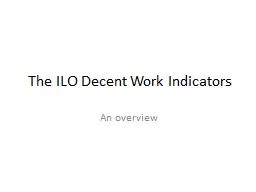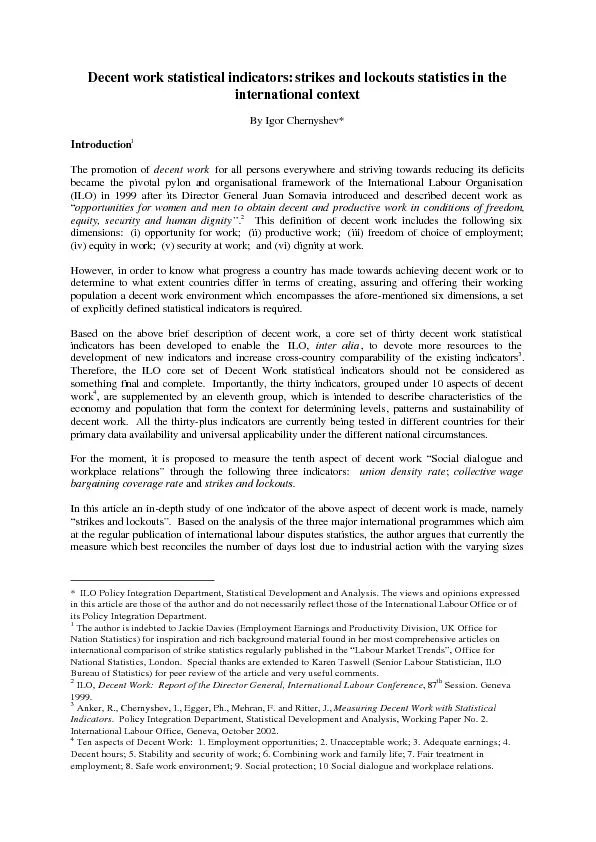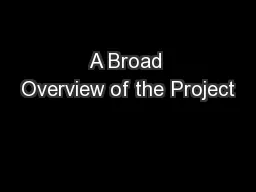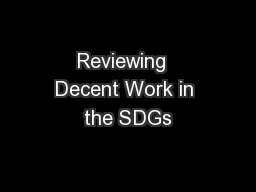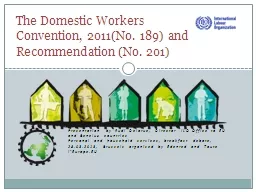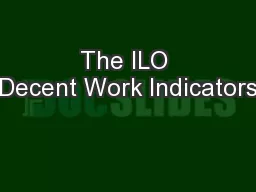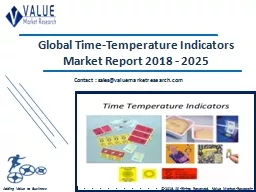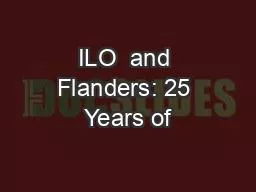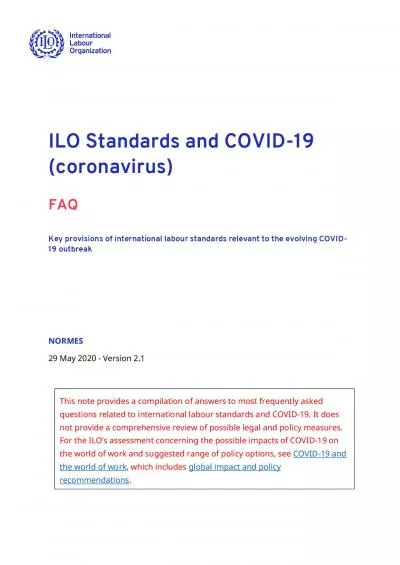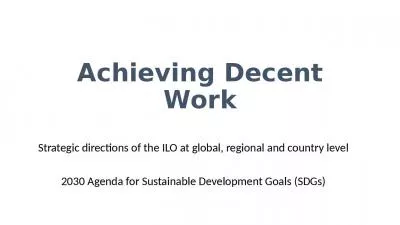PPT-The ILO Decent Work Indicators
Author : debby-jeon | Published Date : 2018-03-08
An overview Decent Work Agenda From around 1980 the neoliberal agenda promoted jobs growth through deregulation Any job is better than none From the late 1990s the
Presentation Embed Code
Download Presentation
Download Presentation The PPT/PDF document "The ILO Decent Work Indicators" is the property of its rightful owner. Permission is granted to download and print the materials on this website for personal, non-commercial use only, and to display it on your personal computer provided you do not modify the materials and that you retain all copyright notices contained in the materials. By downloading content from our website, you accept the terms of this agreement.
The ILO Decent Work Indicators: Transcript
Download Rules Of Document
"The ILO Decent Work Indicators"The content belongs to its owner. You may download and print it for personal use, without modification, and keep all copyright notices. By downloading, you agree to these terms.
Related Documents

